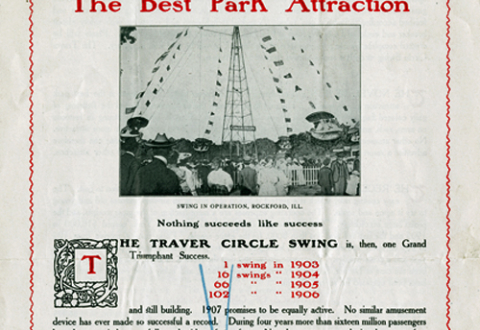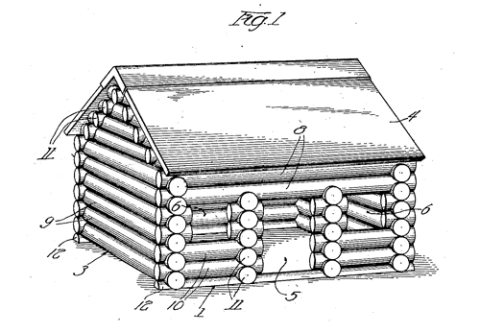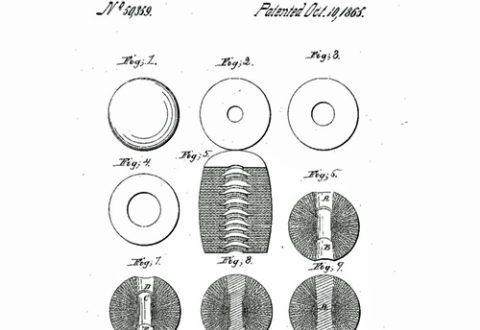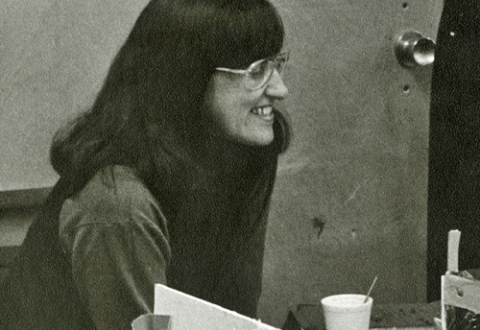Play to the future
From the Lemelson Center's "Invention at Play" exhibition. Video produced by Hillmann & Carr Inc., Washington, D.C., with additional footage from the award-winning series, "The Promise of Play," courtesy of Direct Cinema Limited.
TRANSCRIPT:
Play to the Future
David Kelley, founder and chairman, IDEO, product design company: One of my friends who's 85 this year said to me one time--which is my favorite line about the subject--he said, "It's not that I'm so against anything that has to do with kind of using the computer as a tool for artistic work. It's just that I'm afraid that fewer people will use watercolors."
John Fabel, inventor, adjunct professor of design, Hampshire College: I think it's very important to maintain play with real, concrete objects; that keeping ourselves walking around in the woods and swinging from trees and digging holes in the dirt and getting a sense for the feel of things. Much of our conduit for the understanding of the world is simply touching things.
Robert Root-Bernstein, Ph.D., Michigan State University, co-author, Sparks of Genius: One of the most critical parts of playing is that you learn to manipulate the world physically. Making your own bow and arrow teaches you physical skills you're never going to get by actually sitting in front of a computer typing on a keyboard.
Alvin Poussaint, M.D., professor of psychiatry, Harvard Medical School: In the future, I think what we have to be concerned about is overdosing on the technology, and leaving out other important aspects of human development. Physical exercise and sports and moving your body is very much a part of play. You can't do that sitting on a computer.
David Kelley: I think it would be sad today when people say, "You're not allowed to watch television. You have to take ballet. You're not allowed to join a chat room." What we can hope for the most is that kids don't do one or the other, that they do both. And those are the kids who I think will grow up with a self-image and a balance that will make them innovative people.
Jeri Robinson, vice president of Early Childhood Programs, The Children's Museum, Boston: There are new dangers with new technology, particularly if children are spending too much time alone and that's all that they are doing, to the exclusion of being outside, being with each other.
Alison Gopnik, Ph.D., University of California at Berkeley, co-author, The Scientist in the Crib: For some things using a computer is really great. For other things, like learning how to interact face to face with other people, the computer probably isn't so great; and you'd want children to still have the opportunity to play with other children in the schoolyard. We know that the very best educational toy for children is another person.
Frank Wilson, M.D., Stanford University Medical Center, author, The Hand: The kind of play that is available to children now tends to get the child to spend a lot of time alone. The isolating potential of these toys is even greater with computers because kids spend more and more time locked up in a dark room with a blinking screen, and on the other side of that screen are hidden worlds that are somehow or other so engaging that there's no desire to go outside at all.
Michele Root-Bernstein, Ph.D., co-author, Sparks of Genius: The kinds of toys that children have today tend to be toys that they consume the fantasy given to them by others rather than create it. So I see that a lot of their time is spent consuming imagination rather than creating imagination.
Frank Wilson: The trouble with the sort of over-engineered toys that have a specific purpose is that they're too specific, and they don't challenge. They don't invite the child to make them into something other than what they were intended to be.
Bernard Mergen, Ph.D., George Washington University, author, Play and Playthings: There has been a trend to package a kind of narrative into, say, video games or other kinds of electronic toys that limit the player's ability to create. But the best video games are beginning to find ways to build greater creativity into the game that allow the player to be creative.
Jeri Robinson: If the idea is to expose kids to technology, so that they can begin to see that these things are things in their life, I think there's a lot of good in that. I think when it gets bad is when you start substituting other kinds of regular activities for kids and pushing them too much, too soon.
Frank Wilson: We're really wrecking the whole notion of play. We're killing it with too much organization.
Jeri Robinson: We've got over-scheduled children who have two and three and four activities a week that have been chosen by someone else to engage them.
Bernard Mergen: My advice to parents, teachers, and those concerned with making play useful: don't try too hard and to give children plenty of free time.
Jeri Robinson: I think we have to trust human nature. That there is something intrinsic about just being with one another, playing with natural materials, getting out and enjoying the sunshine, throwing a ball--all the simple things. Those things are going to forever remain important to kids. Blow bubbles and have a great time.







